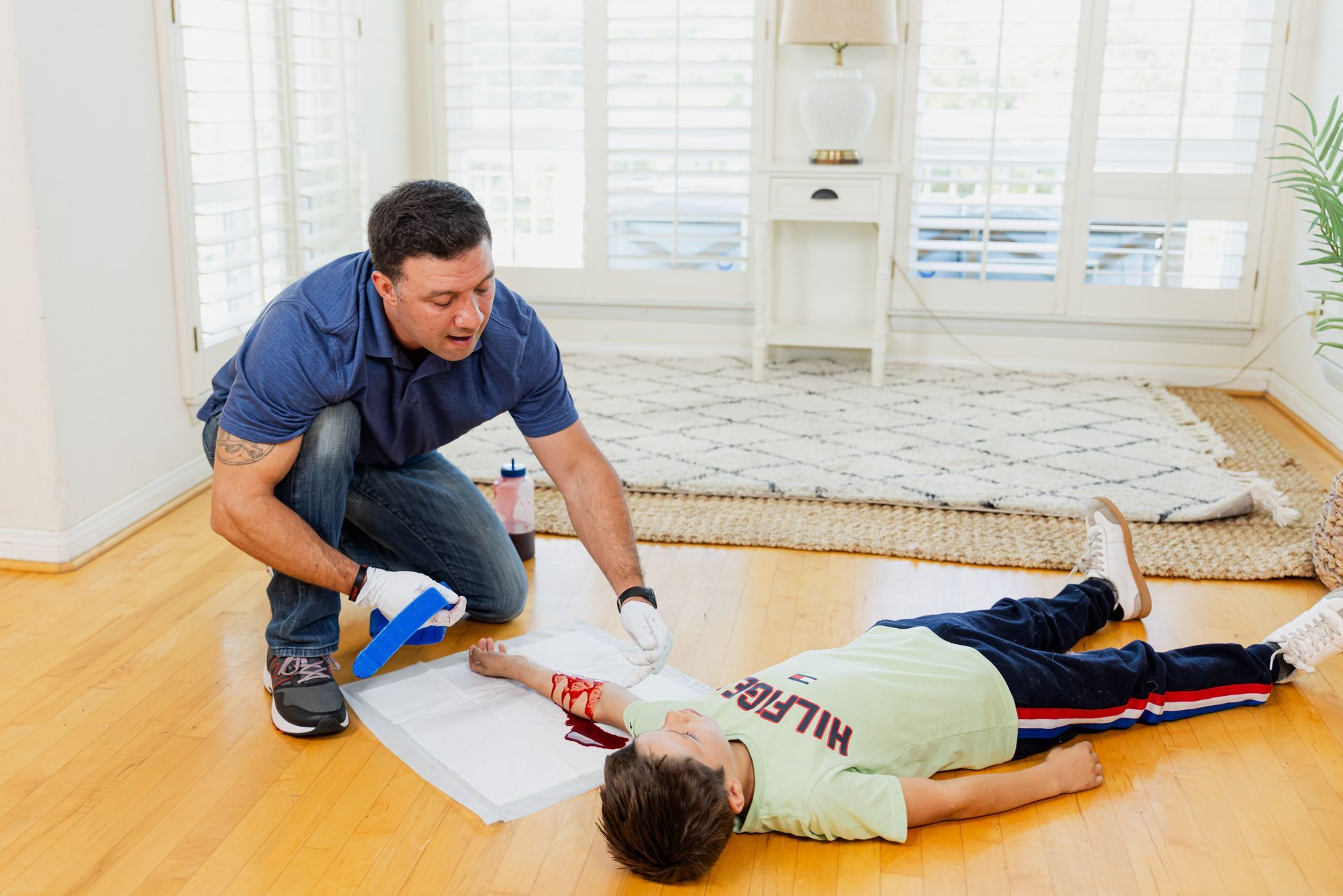News & Blog

December 11, 2024
When it comes to safety, there’s no room for guesswork. Emergencies require quick thinking, decisive action, and a clear understanding of what to do. While many people rely on instinct or online resources, there’s no substitute for the hands-on experience and expert guidance provided by formal training courses. Here’s why enrolling in a professional safety course is the best way to gain the crucial knowledge and skills to handle emergencies effectively.

December 11, 2024
Emergencies are unpredictable. Whether it’s a car accident, a sudden cardiac arrest, or a severe injury at home, being prepared can mean the difference between life and death. While having the right tools—like a trauma kit or an Automated External Defibrillator (AED)—is essential, knowledge is what turns those tools into lifesaving resources.

December 11, 2024
In emergencies, seconds matter. Whether it's a car accident, a workplace injury, a natural disaster, or a household mishap, severe bleeding can turn a manageable situation into a life-threatening one in minutes. The solution? A trauma kit. While first aid kits are common in homes and workplaces, trauma kits are often overlooked—and they shouldn’t be. These specialized kits are designed to control life-threatening bleeding and stabilize a victim until professional help arrives. Here’s why everyone should have a trauma kit and how it can be the difference between life and death.
Be Prepared for Anything
Being prepared for anything starts with the right combination of knowledge and tools. By taking lifesaving courses and equipping yourself with emergency kits, you can confidently respond to unexpected situations and protect those around you.

